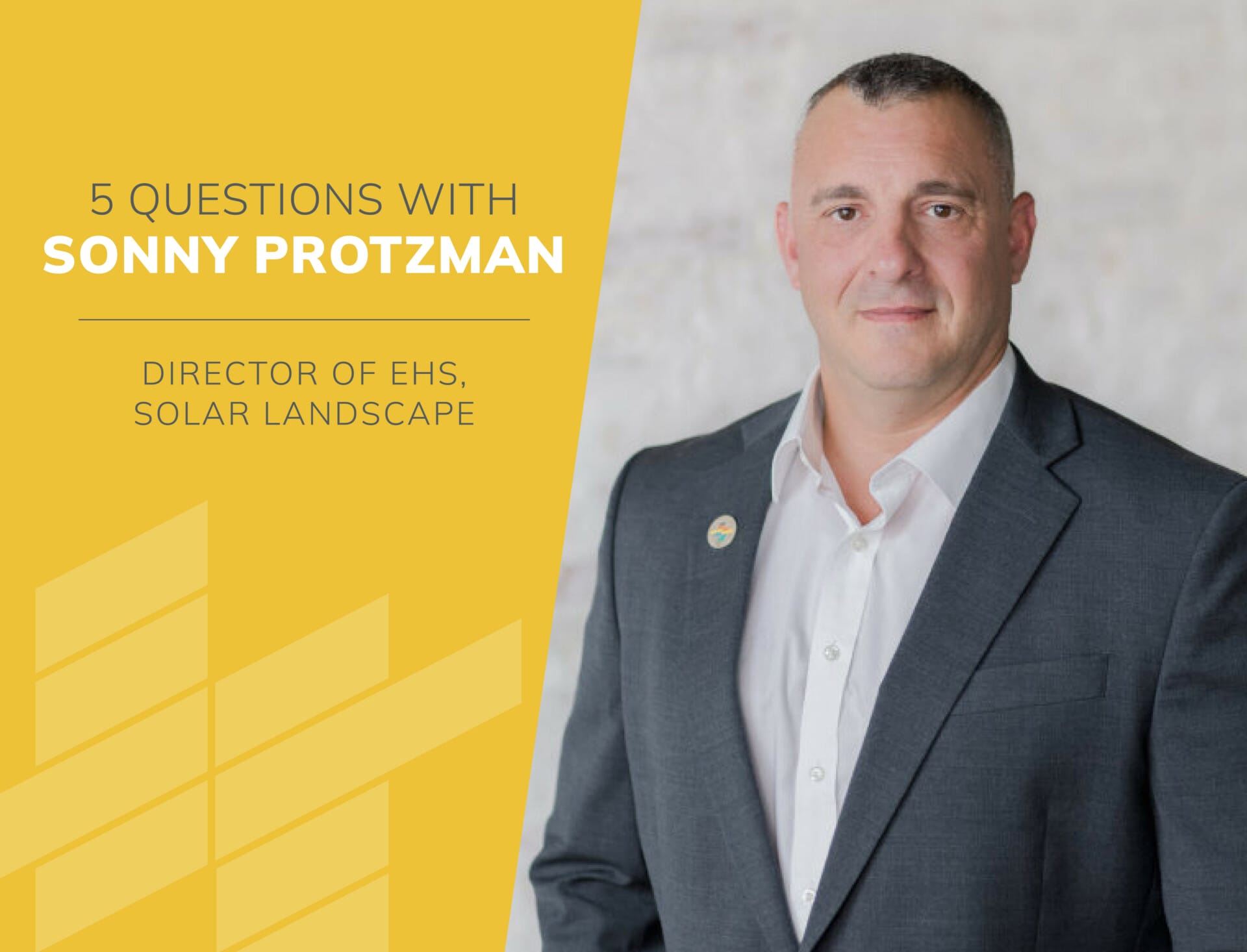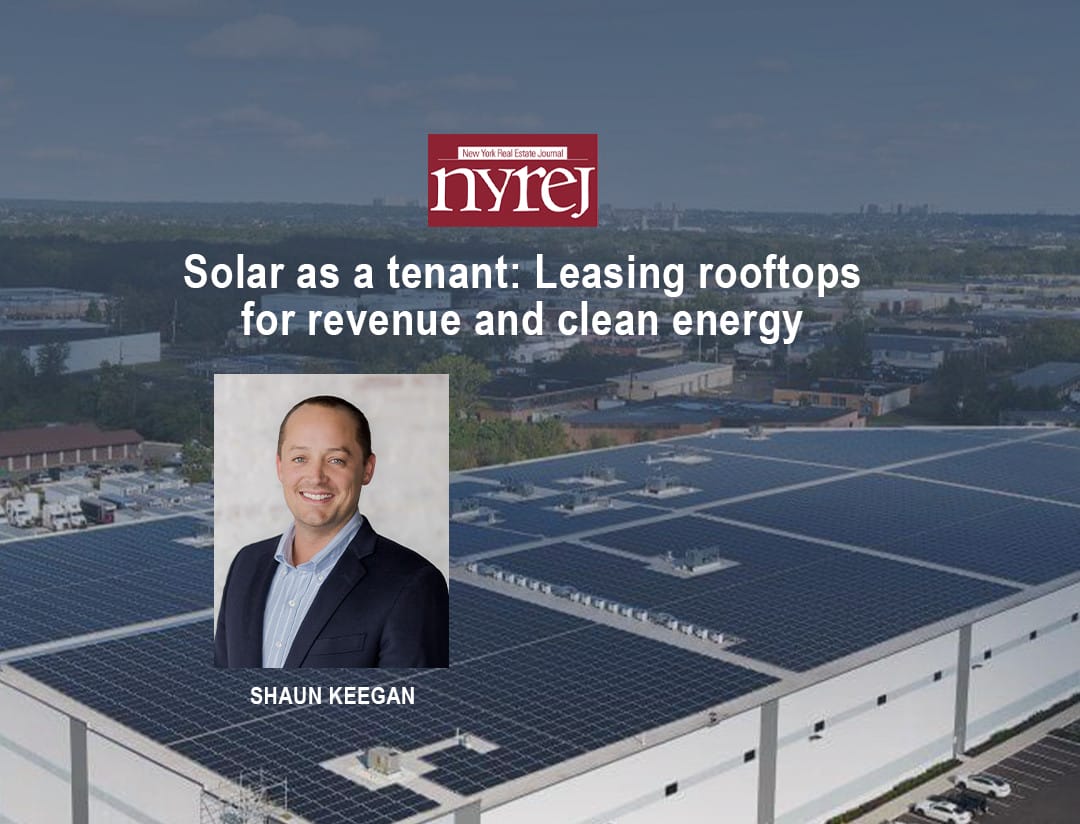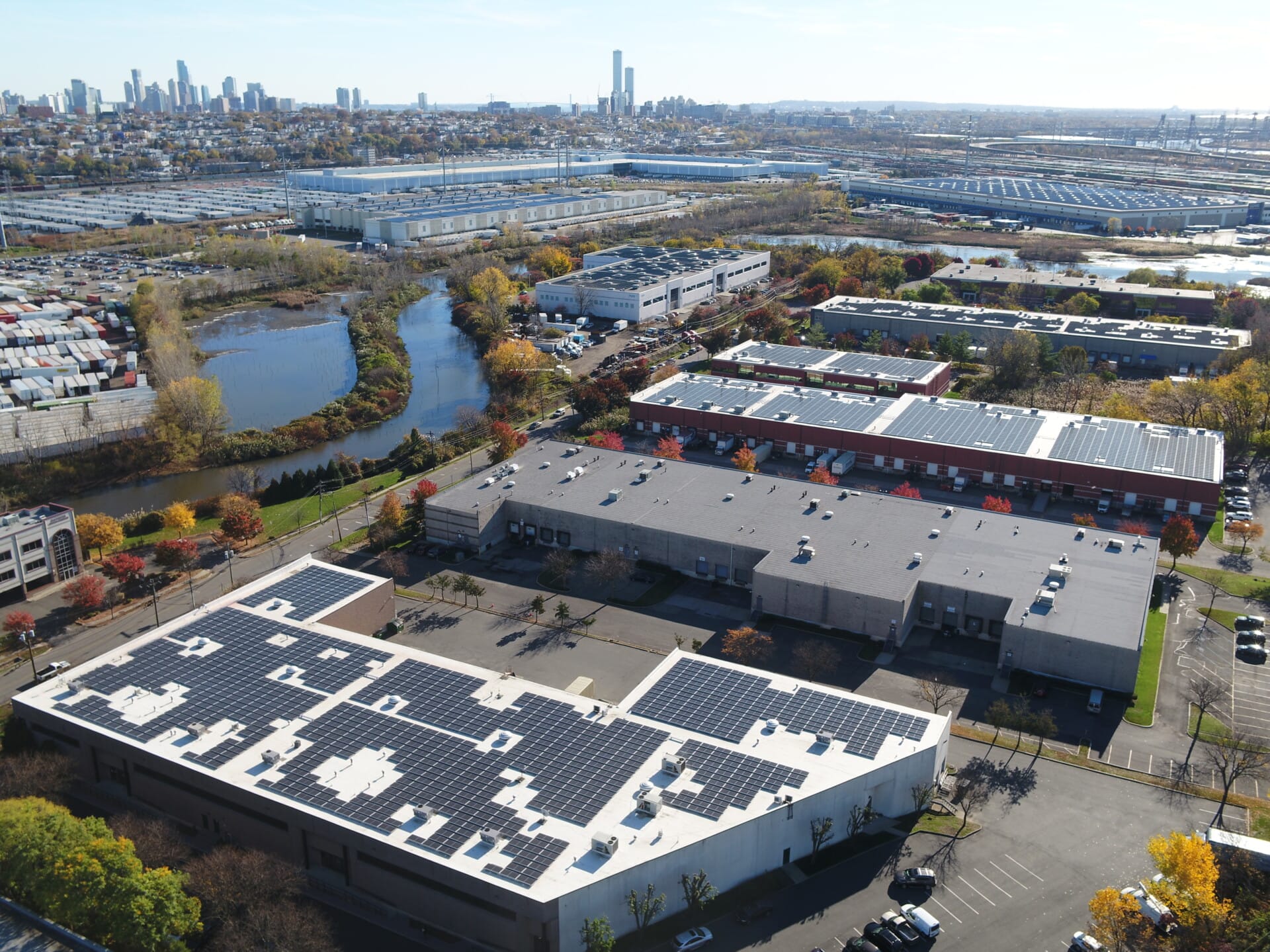Solar Solutions for Business: Understanding Basic Solar Models

In an era where sustainability and cost efficiency reign supreme, businesses and real estate owners are constantly seeking innovative strategies to optimize their operations. One avenue that has gained significant traction is the adoption of solar energy solutions. Proven and stable, solar power presents a compelling proposition for companies aiming to slash energy costs or even generate additional revenue. This holds true whether they own their buildings, lease space to tenants, or are owner-occupiers. In this article, we will delve into the various solar structures available to the commercial and industrial sector in the United States, distinguishing between behind-the-meter (BTM), front-of-the-meter (FTM), and community solar models and applications.
What’s the Difference Between Behind-the-Meter (BTM) and Front-of-the-Meter (FTM)?
Behind-the-meter (BTM) refers to solar installations that are installed onsite and directly connected to a building’s electrical system, providing power primarily for onsite consumption. This structure allows businesses to generate a portion or even all their electricity needs, thereby reducing reliance on the grid and cutting utility bill costs. BTM systems can either be owned and operated by the host consumer, offering autonomy and control over energy generation, or owned by a third-party that is responsible for financing, operating and maintaining the solar array over the course of its lifespan, while selling the power to the tenant(s) through a Power Purchase Agreement (PPA).
Power purchase agreements (PPAs) offer an alternative financing model for businesses looking to install onsite solar without purchasing or maintaining the system themselves. Under a PPA, a third-party developer owns, operates, and maintains the solar system on behalf of the building owner. In return, the building owner or its tenant(s) agrees to purchase the generated electricity at a predetermined rate, typically lower than their current utility rates. This arrangement shields businesses from volatile energy costs while providing long-term price stability, without the need for upfront capital investment or technical energy industry expertise.
Net metering (NM) is a critical component of BTM solar installations. It allows businesses to receive credits for excess electricity generated by their solar systems, which can be used to offset future utility bills. This incentivizes solar adoption by ensuring fair compensation for surplus energy contributed to the grid.
Virtual net energy metering (VNEM) expands on this concept further and allows allocation of bill credits (from excess solar energy generated) to residential or commercial accounts that are not located where the energy is produced. In the case of multiple-metered buildings (think multi-family and retail centers) VNEM allows all tenants to share the benefits of a single solar installation. This is particularly advantageous for businesses occupying multi-tenant buildings or campuses, as it allows equitable distribution of solar savings among all participants.
Front-of-the-meter (FTM) installations are solar projects that do not require the energy to be consumed onsite. FTM systems are typically larger in scale and are installed on industrial rooftops or vacant land. They’re usually larger because they are not bound by the energy needs of the host building; instead, the full roof area can be used for solar, allowing it to generate the maximum amount of electricity possible. These systems are typically developed by third-party developers or utility companies and are not directly tied to any specific consumer or onsite tenant. Instead, the generated electricity is fed and sold to local or regional utilities under power purchase agreements (PPAs) or through other contractual arrangements.
Community Solar: Bridging the Gap
Community solar is a type of FTM structure that allows participating businesses and individuals to receive solar energy and all its benefits, without hosting an installation on their own roof. In a community solar model, solar arrays are installed on a central location, often the rooftop of a commercial/industrial building. The energy generated is sent to the grid with a requirement to sell the energy at a discount to individual “subscribers” in the community – often low-to-moderate-income households as well as local businesses.
Community solar allows building owners to lease their roofs to solar companies, which then develop, own, and operate a solar energy system on their property. The landlord receives lease payments for 20 to 35 years while the solar company typically owns and maintains the solar system. Community solar is a win-win; it provides solar benefits and cost savings to low-income communities, creates revenue-generating opportunities for property owners, and increases the use of clean, renewable energy.
Choosing the Right Solar Solution: Factors to Consider
When deciding between behind-the-meter and front-of-the-meter applications, businesses must evaluate several factors. BTM installations can be ideal for tenants or owner-occupiers looking to reduce energy costs and secure predictable long-term electricity rates while supporting environmental impact initiatives. In a BTM scenario, the onsite energy demand should be equal to or greater than the energy produced by the array if net metering is not an option. In this sense, there is greater risk for BTM systems since they require a tenant that is using energy onsite.
Front-of-the-meter installations are ideal for real estate owners with either single -or multi-tenant occupied spaces where reduction of onsite energy costs is not the primary goal. Since FTM installations do not require onsite energy demand, there is no risk associated with vacancy. Whether the building is occupied or not, the building owner still receives annual lease payments.
Additionally, businesses should consider regulatory and financial incentives, site constraints, energy consumption patterns, and long-term sustainability goals when determining the most suitable solar structure for their needs.
Solar energy represents a compelling opportunity for real estate and business owners to reduce costs, earn additional revenue, enhance sustainability, and drive long-term value. An experienced solar developer can walk you through the various solar models and discuss which is best to meet your goals.


